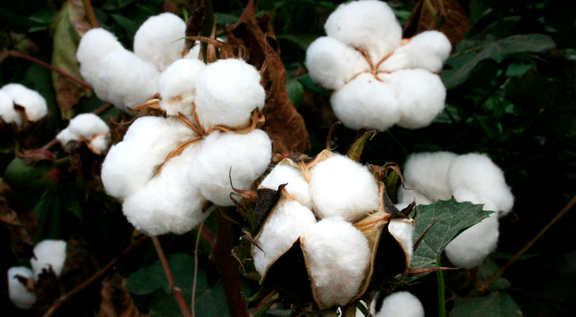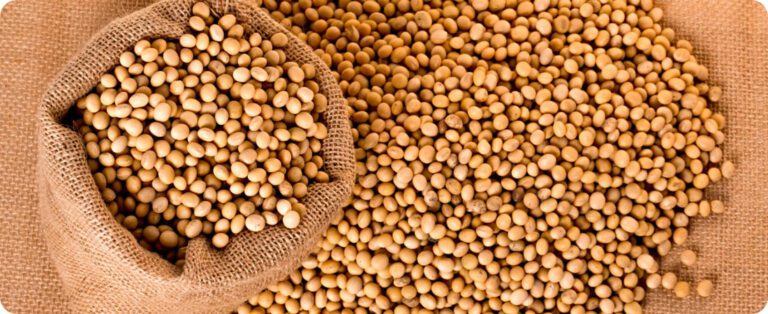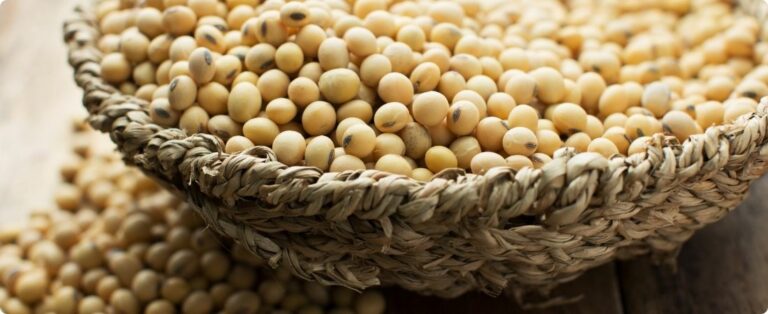
Image: Pixabay
Brazilian cotton producers who visited Asia between June 4th and 15th return to the country with good prospects for expanding trade relations, since the continent is the main destination for exports of the national fiber. The region concentrates 99% of Brazil's foreign sales and market projections are for an increase in global demand for cotton. Good for Brazilian cotton farming, which is among the four largest fiber producers in the world, with estimates for the 2022/2023 harvest of totaling 2,796 (thousand tons) produced, according to the June harvest report, released by the Brazilian Association of Cotton Producers (Abrapa).
Furthermore, Brazil is the second largest exporter of fiber, behind only the United States. The commercial exchange was organized by Abrapa, in partnership with the National Association of Cotton Exporters (Anea) and the Brazilian Export and Investment Promotion Agency (Apex-Brasil) and is part of the Cotton Brazil program, developed in partnership between the three organizations .
The trade mission visited Indonesia, Thailand and Bangladesh. The three countries, together, represent 21% of the total shipped to Asia in the 2020/21 harvest, around 498.5 thousand tons of fiber. In the current cycle (from August/21 to April/22), they account for more than a fifth of Brazilian cotton. For the president of Abrapa, Júlio Cézar Busato, the visit to the three countries, which are major importers of Brazilian fiber, was important to assess the reliability of the national product in the respective markets and the result was positive. “In all the industries we visited and in the meetings with the trade, we were very well evaluated, especially in the quality of our fiber, which surpasses the American competition in many aspects. We have growth potential in the coming years and these countries are open to our product,” said Busato. “We have technology, people and we work to grow with quality and sustainability. So the projections are the best.”
{module Form RD}
Bangladesh
It is the fastest growing market for global feather imports, along with Vietnam, but which still buys little Brazilian cotton, compared to other producing markets. Last harvest, Bangladesh imported 270 thousand tons. In the current commercial year, between August 2021 and May 2022, exports to the Bengali market totaled 184.0 thousand tons. It is the fifth largest importer of Brazilian cotton, but it is the second largest global importer of the fiber. It is no surprise that Brazil is keeping an eye on Bangladesh and working to expand the opening of more markets and the emergence of new business opportunities. Abrapa's Director of International Relations, Marcelo Duarte, highlights that Bangladesh's textile industries plan to expand their production and will therefore need more cotton than they already consume. “We are working to strengthen relationships and further serve the market with Brazilian fiber,” he stated. A viable goal, it seems.
Thailand
In Thailand, industries were visited, including the country's largest buyer of Brazilian cotton. It was an opportunity for producers to learn more about the company's manufacturing process, identifying opportunities to improve the cotton exported to Thais. The feedback from the Thai market on the evolution of Brazilian fiber caught the attention of producers. Thailand is among the countries considered a priority by Abrapa. In the ranking, it is the eighth largest importer of cotton in the world, with 130 thousand tons in the 2020/21 harvest. Of this total, Brazil accounted for 16% with the shipment of 21 thousand tons of plume. It became clear to Brazilians, during the visit, that the Thai textile industry is now going through a period of searching for more efficiency and quality, recovering from the post-pandemic impacts. Cotton tends to be favored, as consumers indicate that they prefer fabrics with this natural fiber.
Indonesia
The stage in Indonesia, the first country visited by the “Mission Vendedores” also had a positive result and a sign of expanding commercial relations with Brazilians. To do this, it is enough for cotton farmers to continue investing in improving quality indicators and product traceability, a unanimous statement from the industrialists visited by the delegation. This confidence helps explain the good numbers in cotton trade between Brazil and Indonesia. In 2021, the country exported 207 thousand tons of cotton to Indonesia, which is the sixth largest market for Brazilian lint and the country with the second best market share (41%). This commercial year (from August 2021 to April 2022), 133.2 thousand tons of national fiber have already been shipped to Indonesian industries. The sixth largest importer of cotton in the world, 501 thousand tons in the 2020/21 harvest, Indonesia is not expected to see its own production increase. Given the scenario, it is another potential buyer to increase its orders for the Brazilian market.
The mission had great support from Brazilian embassies and agricultural attachés in each country. In addition to the visit to the industries, the Cotton Brazil Outlook 2022 was held in the countries, an activity that brought together the trade, businesspeople and fiber buyers, to promote Brazilian lint and consolidate Brazil as a firm supplier of cotton to Asia. The information is from Abrapa.
Per: CROP&MARKET















